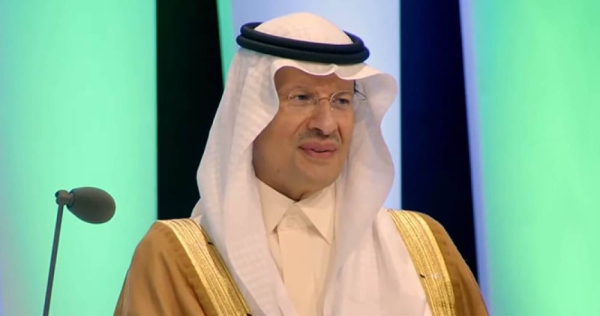
As an increasing number of nations and companies refine their climate ambitions and programs, they realize that how they design and manage their technology portfolio is important.
It is clear that all options should be considered. However, to evaluate the options available we need to consider which technologies make the most sense in terms of, among other things, cost-effectiveness, readiness and overall impact.
Among the emissions-reduction options, hydrogen has re-emerged as a promising energy carrier that can potentially penetrate across several industries, especially hard-to-abate sectors such as heavy-duty transport, as well as the energy-intensive steel and cement industries.
More than 30 countries now have, or are developing, hydrogen roadmaps. The Hydrogen Council has spotlighted 359 large-scale hydrogen projects that are in various stages of development around the world, with $500 billion earmarked for spending by 2030. China, the EU, Japan, South Korea and the US are all backing the development of hydrogen infrastructure, technologies and products.
Hydrogen — a practical and economic low-carbon energy option
Today, the largest producers and consumers of hydrogen are the chemical and petroleum refining industries. About 70 million tons of hydrogen is produced annually worldwide and 95 percent comes from hydrocarbons.
The oil and gas industry continues to adopt low-carbon practices in its operations, illustrated by Aramco’s recently announced ambition to achieve net-zero Scope 1 and Scope 2 greenhouse gas emissions across its wholly-owned operated assets by 2050.
And it is fair to expect that the carbon intensity of blue hydrogen could even improve further over time. Producing blue hydrogen from hydrocarbons, such as natural gas, combined with CO2 capture and storage, is a practical option that can propel energy transformation.
Producing low-carbon blue hydrogen using state-of-the-art autothermal reforming technology, which captures up to 98 percent of process CO2, can deliver a significantly lower well-to-gate carbon intensity than conventional steam methane reforming with carbon capture and storage.
Aramco’s short-term focus is on producing hydrogen from natural gas as a cost-competitive pathway, as well as opportunities related to the production of green hydrogen. This approach also includes technologies that can open up new sectors for hydrogen such as ammonia cracking, which today is still not a mature technology.
Hydrogen — a promising growth opportunity for Aramco
Aramco has the technology, infrastructure and competitive production costs to become a leading global player in any new hydrogen economy. The company is the lowest-cost producer of crude oil and among the lowest for natural gas, and it has one of the oil and gas industry’s lowest upstream carbon intensities. This combination of low-cost and low carbon-intensity production would give Aramco a head start as soon as it begins producing low-carbon hydrogen at scale.
Aramco is exploring promising solutions along the hydrogen value chain. In a world first, 40 tons of low-carbon blue ammonia — a carrier of hydrogen — was produced and shipped from Saudi Arabia to Japan in 2020 for use in power generation.
Contribution to low-carbon economies
The transformation of global energy systems is already underway and hydrogen looks poised to play a substantial role in the transition to a cleaner and more sustainable energy mix. Blue hydrogen has the potential to help governments meet their decarbonization targets efficiently and competitively; its production costs are already relatively low.
The oil and gas industry has displayed, time and again, its capability to adapt and grow, and it certainly has the opportunity to play a critical role in establishing a global hydrogen market. Within the industry, Aramco is well-positioned to play an important role in unlocking the promise of hydrogen energy.












